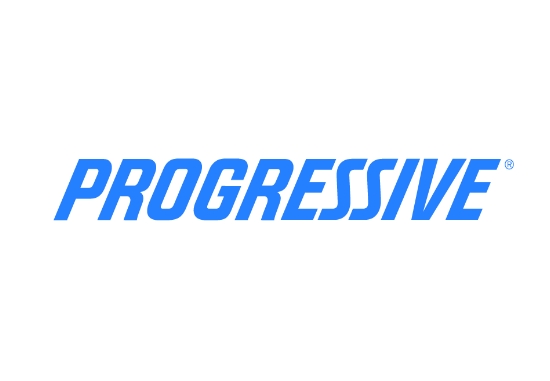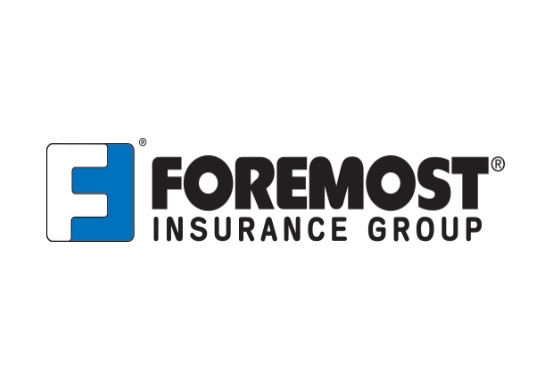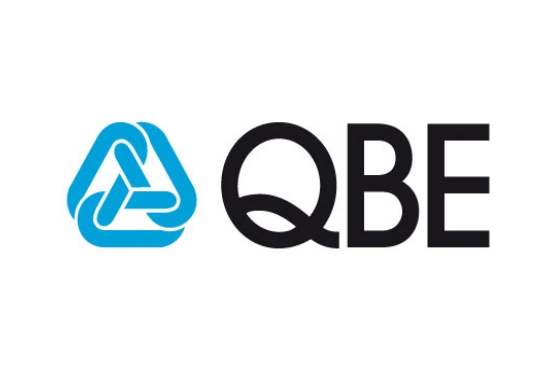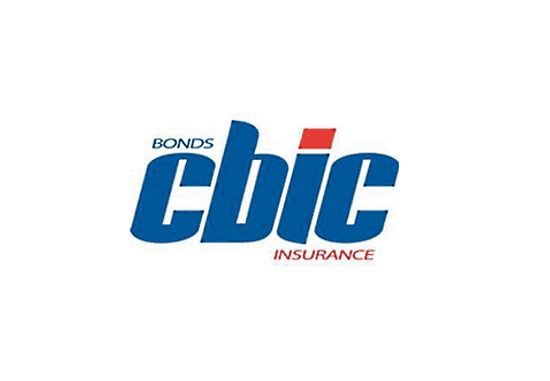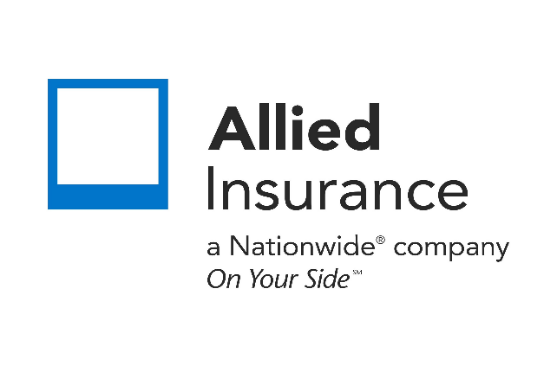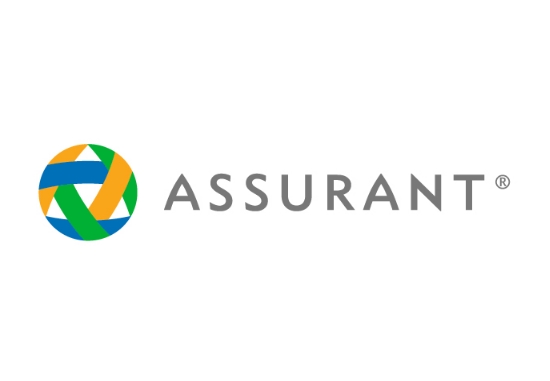What is proof of indemnity?
Understanding Proof of Indemnity: Importance, Types, and How to Provide It
Proof of indemnity plays a crucial role in various legal and insurance contexts, serving as evidence of financial protection or compensation provided to mitigate losses or liabilities. In this comprehensive guide, we’ll delve into the concept of proof of indemnity, its importance, different types, and how individuals and businesses can provide it when needed.
1. Definition of Proof of Indemnity:
Definition:
- Proof of indemnity refers to documentation or evidence demonstrating that an individual or entity has fulfilled their obligation to compensate another party for losses, damages, or liabilities incurred as a result of a specified event or action. It serves as verification that indemnification has been provided or arranged to mitigate the adverse consequences of the event.
2. Importance of Proof of Indemnity:
Legal Validation:
- Proof of indemnity serves as legal validation that compensation or financial protection has been provided in accordance with contractual agreements, insurance policies, or legal obligations. It helps establish the fulfillment of indemnification obligations and mitigates disputes or disagreements regarding liability.
Risk Mitigation:
- Having proof of indemnity in place provides assurance to parties involved in transactions, contracts, or agreements that potential risks and liabilities are adequately addressed. It enhances confidence in the ability to recover losses or damages and reduces uncertainty in business dealings.
3. Types of Proof of Indemnity:
Insurance Documentation:
- Insurance policies, certificates of insurance, or insurance endorsements serve as primary forms of proof of indemnity in the context of insurance coverage. These documents outline the scope of coverage, policy limits, deductibles, and other terms and conditions related to indemnification.
Contractual Agreements:
- Contracts, agreements, or legal documents may include indemnity provisions specifying the obligations of parties to compensate each other for losses, damages, or liabilities arising from specified events or actions. Proof of indemnity in this context may involve providing copies of the relevant contractual clauses or agreements.
Payment Records:
- Records of payments made as indemnification for losses or damages incurred can serve as tangible proof of indemnity. This may include invoices, receipts, bank statements, or other financial documentation demonstrating the transfer of funds to compensate the affected party.
4. How to Provide Proof of Indemnity:
Documentation Submission:
- When required to provide proof of indemnity, individuals or businesses should gather relevant documentation, such as insurance policies, contracts, payment records, or other supporting evidence. These documents should clearly demonstrate the fulfillment of indemnification obligations.
Verification Process:
- The recipient or requesting party may conduct a verification process to ensure the validity and adequacy of the proof of indemnity provided. This may involve reviewing the documentation, confirming coverage or indemnification terms, and assessing compliance with contractual or legal requirements.
Proof of indemnity serves as essential documentation verifying the provision of compensation or financial protection to mitigate losses, damages, or liabilities. By understanding its importance, different types, and how to provide it when needed, individuals and businesses can effectively demonstrate their fulfillment of indemnification obligations and mitigate risks in various legal and insurance contexts.
We will find the best business insurance tailored to your needs. Read more…

Related Posts
Get a Right Insurance For You
SHARE THIS ARTICLE
We will compare quotes from trusted carriers for you and provide you with the best offer.
Protecting your future with us
Whatever your needs, give us a call, have you been told you can’t insure your risk, been turned down, or simply unhappy with your current insurance? Since 1995 we’ve been providing coverage to our customers, and helping people across United States.

